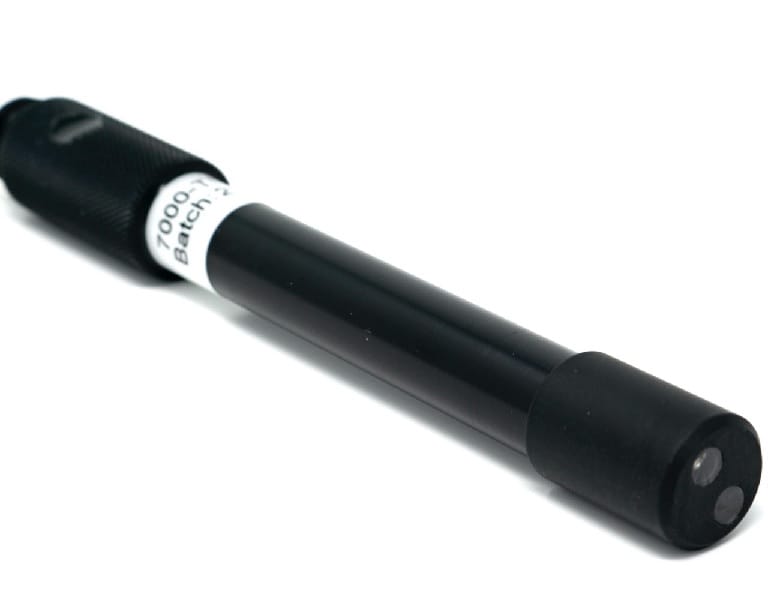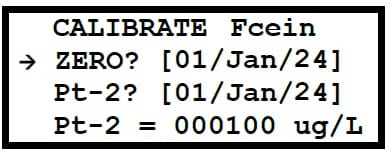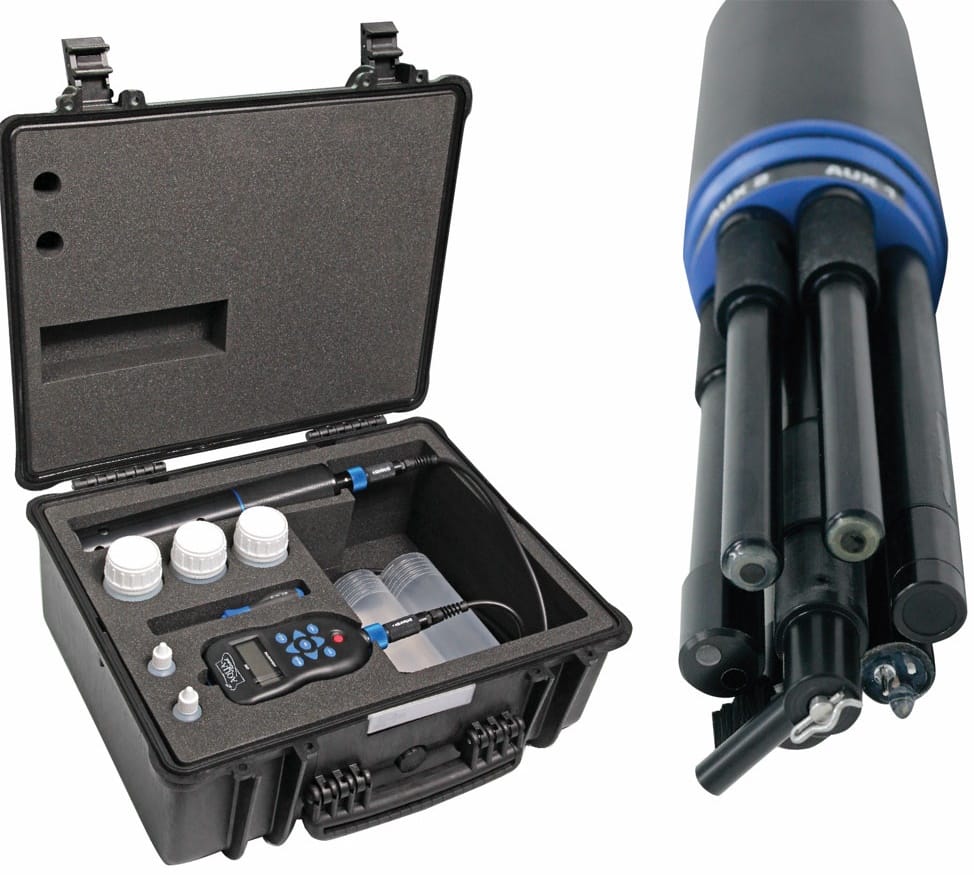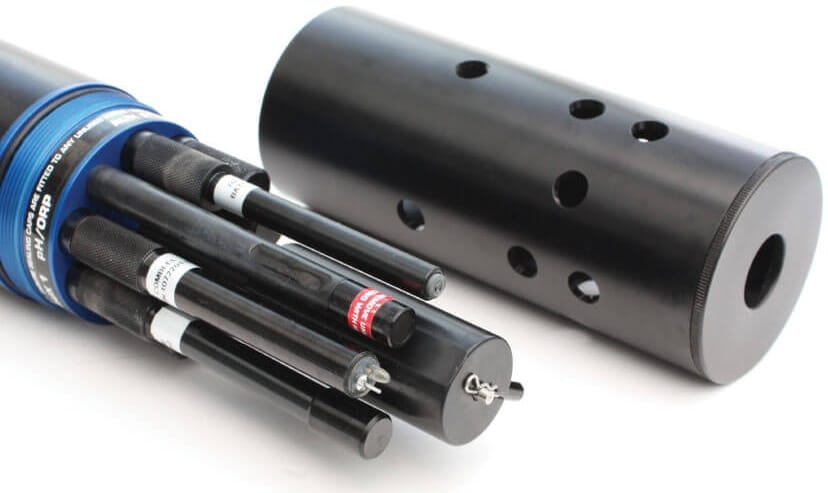Description
Fluorescein dye is a bright, non-toxic, highly fluorescent yellow-green tracer extensively used in various hydrological and water quality investigations. Known for its vivid colour and excellent detectability at low concentrations, fluorescein is a versatile tool for visually and quantitatively tracking water movement, connectivity, and dispersion in both surface and groundwater systems.
Why is Fluorescein Dye used in Monitoring?
Monitoring Fluorescein dye is crucial for specific hydrological and environmental studies
- Flow Path Mapping: Fluorescein is a prime choice for visually and quantitatively mapping groundwater flow paths, especially in karstic (limestone) terrains, and understanding interconnections between sinkholes, springs, and wells.
- Leak Detection: Its high visibility makes it excellent for identifying leaks in plumbing systems, sewage lines, septic tanks, and reservoirs, helping to prevent contamination and water loss.
- Surface Water Tracing: Used to determine flow velocities, dispersion rates, and mixing patterns in rivers, streams, and coastal waters, aiding in studies of pollutant transport and discharge impacts.
- Storm water Runoff Analysis: Helps in tracing the pathways of storm water runoff, identifying sources of illicit discharges, and evaluating the effectiveness of drainage systems.
- Drainage System Integrity: Valuable for testing the integrity of drain connections, particularly in urban areas, to ensure proper wastewater diversion and prevent cross-contamination.
- Time-of-Travel Studies: Similar to other tracers, it’s used to calculate how long it takes for water to travel between two points, providing essential data for water resource management and pollution response.
How the Fluorescein Dye Sensor Works
A Fluorescein sensor precisely measures the concentration of Fluorescein Dye based on its fluorescence properties. It operates by emitting a specific wavelength of light, typically in the blue-green spectrum (e.g., around 470-490nm), into the water. This light excites the Fluorescein dye molecules present, causing them to re-emit light at a different, longer wavelength (e.g., 510-530nm) – a process known as fluorescence. A dedicated detector then measures the intensity of this emitted fluorescence, which is directly proportional to the amount of chlorophyll present in the water, providing an accurate and real-time measurement.
To use Aquaread’s Fluorescein sensor, first install it into the AP-6000 or AP-7000 probe. The probe uses an excitation at 470nm and then detects the resultant fluorescence above 510nm.
When to use the sensor
Fluorescein dye monitoring is an indispensable technique for highly specific hydrological and environmental investigations where understanding water movement, connectivity, and potential leakage is critical. It is particularly valuable for:
- Groundwater Tracing: Ideal for mapping complex groundwater flow networks, particularly in fractured rock or karstic aquifers, and identifying groundwater-surface water interactions.
- Plumbing and Sewer System Diagnostics: Crucial for pinpointing sources of leaks, cross-connections between storm and sanitary sewers, and verifying drain connections in residential and industrial settings.
- Surface Water Hydrology: Used for time-of-travel studies in rivers and streams, evaluating mixing zones for wastewater discharges, and tracking the dispersion of effluents.
- Pollution Source Identification: Effectively locating the origin of unexplained pollution events by tracing pathways back to their source.
- Septic System Performance Assessment: Verifying the integrity and proper functioning of septic tank leach fields to prevent environmental contamination.
- Academic and Research Studies: Employed by hydrologists and environmental scientists to gain fundamental insights into water dynamics across various scales and environments.
7000-FSCEIN Electrode
The 7000-FSCEIN electrode is a Fluorescein Dye sensor designed for connection with the AP-6000 or AP-7000 water quality probe from Aquaread. It is a fixed response fluorometer, meaning it excites the Fluorescein Dye in the water at a fixed wavelength (470nm) and then measures the subsequent emitted fluorescence (510nm). The electrode induces the Fluorescein molecules to fluoresce, then measures the longer wavelength light which is emitted as a result of the fluorescence process.
Automatic Cleaning Mechanisms on AquaProbe
Both the AP-6000 and AP-7000 AquaProbes include automatic cleaning mechanisms which are incredibly beneficial for any optical sensor. The brush and wipers are critical because they:
- Prevent Biofouling Build-up: By periodically wiping the optical surfaces, they physically remove algae, biofilm, and other organic matter before it can significantly impact readings. This is especially crucial for long-term deployments.
- Dislodge Air Bubbles: The wiping action effectively dislodges any trapped air bubbles that might cling to the sensor’s surface, ensuring a clear path for light transmission and reception. Air bubbles are a common issue in turbulent waters or when probes are initially deployed.
- Maintain Accuracy: By keeping the optical windows clean, the cleaning mechanism ensures the sensor’s readings remain accurate and reliable over extended periods, reducing the need for frequent manual cleaning and site visits.




